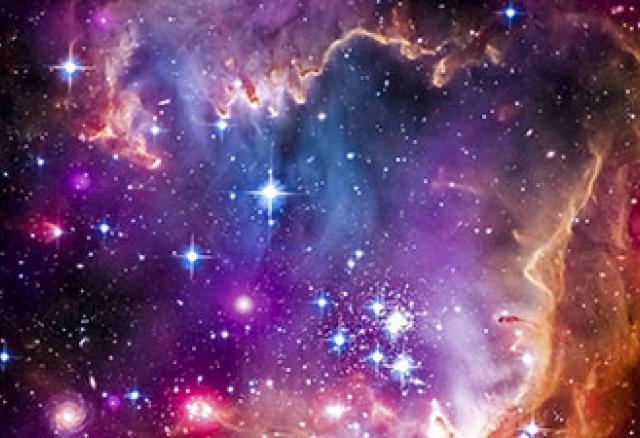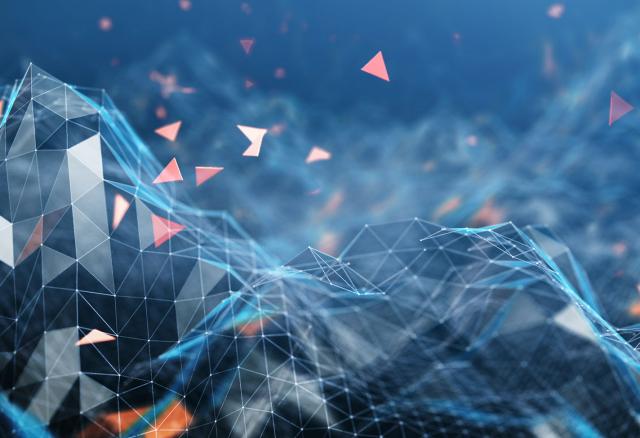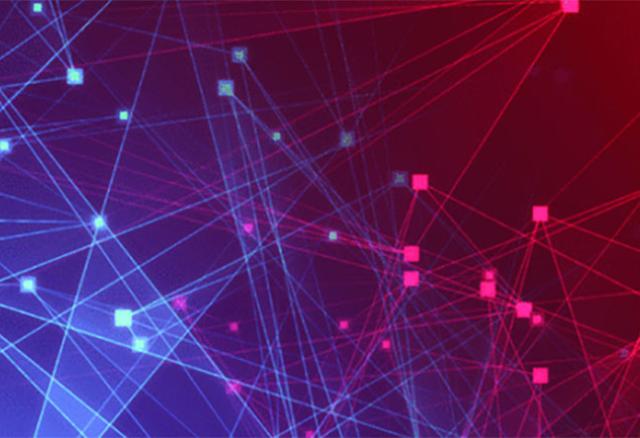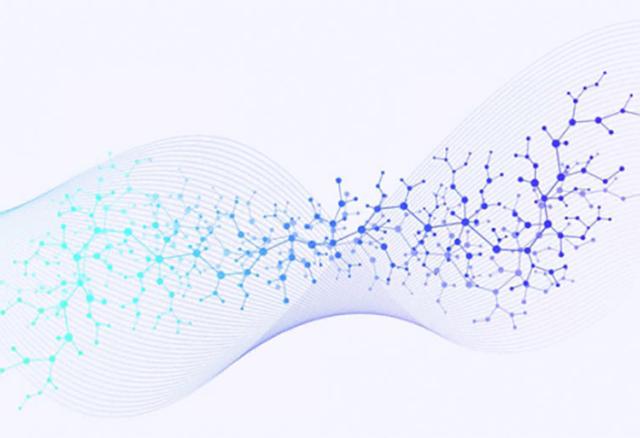Beginning a Special Year for Our Society
First, I would like to wish you and your loved ones a nice new year filled with health and happiness. The last few years have been challenging for various reasons: the COVID-19 pandemic, climatic events, and the war in Ukraine, to name a few. It seems impossible to be able to stop the megalomania and madness of some human beings.





